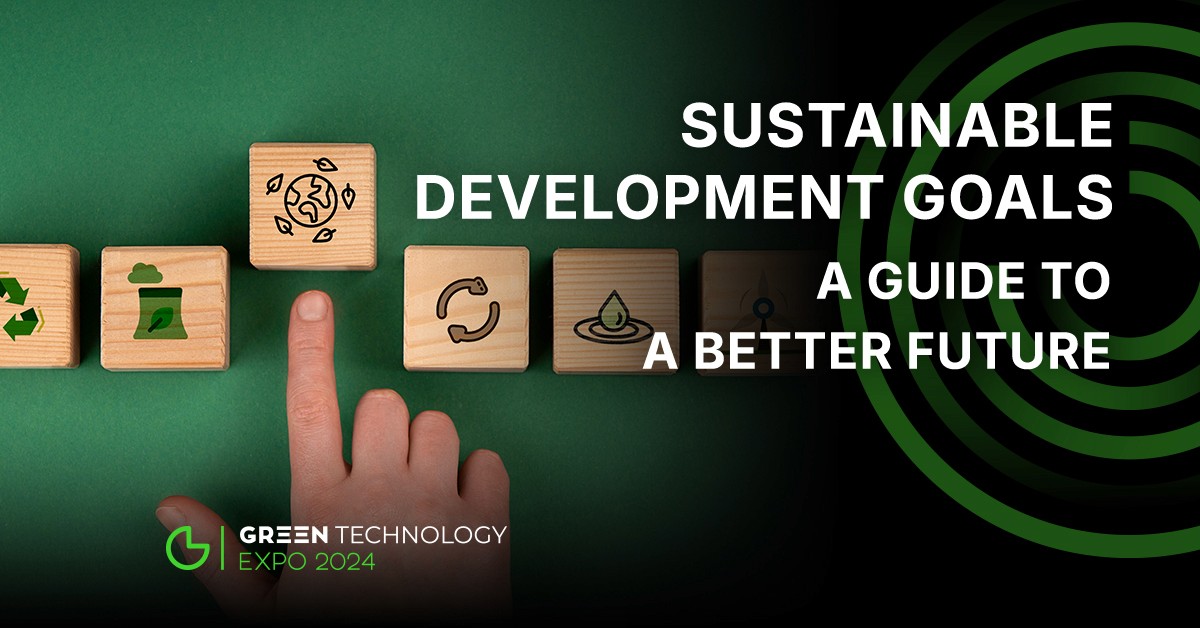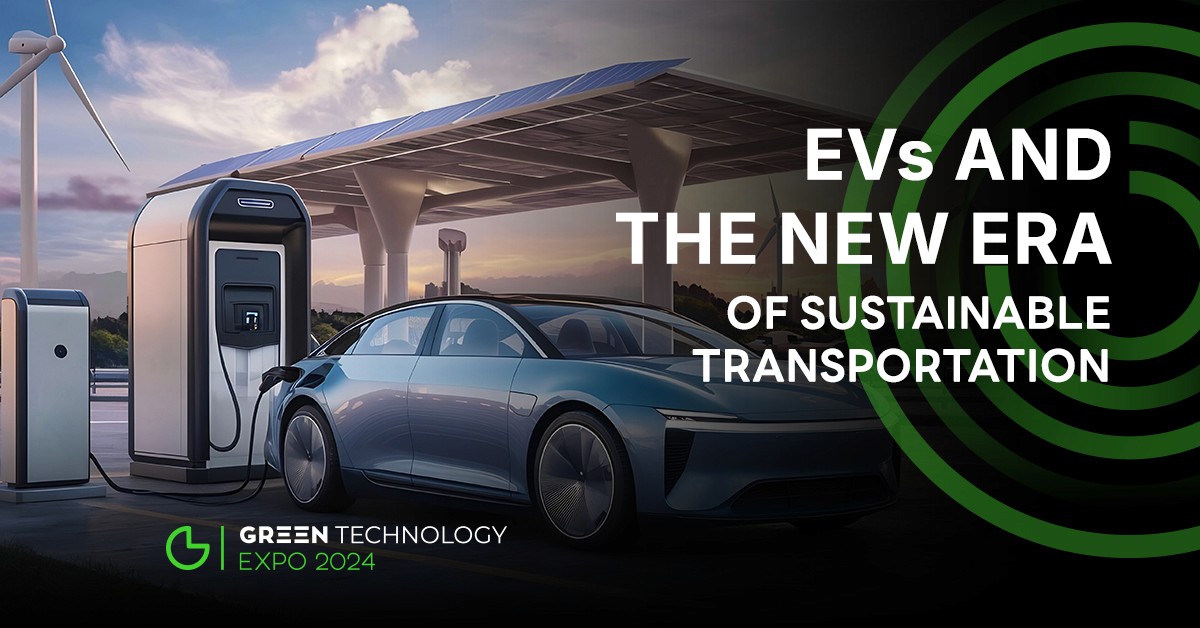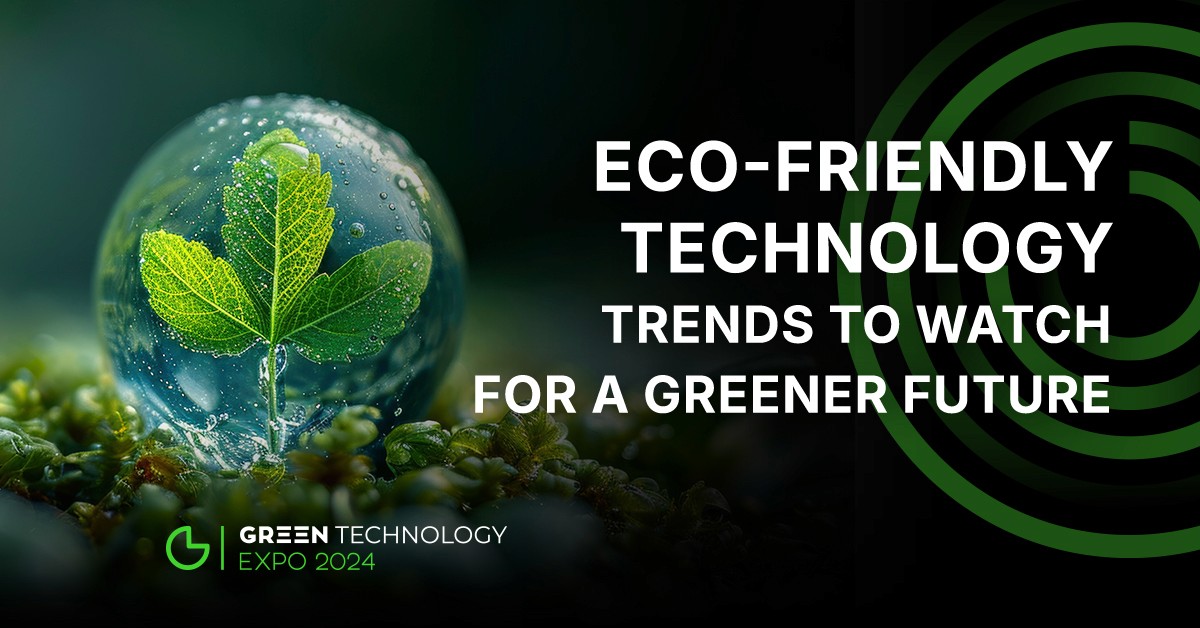Sustainable Development Goals: A Guide to a Better Future
Sep 24, 2024
The Sustainable Development Goals (SDGs) are a worldwide agenda aimed at achieving future environmental friendliness, equity, and inclusivity. These objectives, which were accepted by all UN members in 2015, are meant to address the many issues that the world is now facing, from inequality and climate change to poverty and hunger. The Sustainable Development targets (SDGs), which have 17 specific targets and prioritize social well-being, economic progress, and environmental sustainability, provide a path forward for building a sustainable future for all.
Beyond merely being aspirational, the Sustainable Development Goals (SDGs) provide a well-organized blueprint for how we might make our planet healthier, greener, and wealthier by 2030. Together, nations can address urgent problems, advance sustainable development, and ensure a brighter future for coming generations. We will examine the definition of the Sustainable Development objectives, their importance, and the ways in which each of the 17 objectives advances a sustainable future in this guide.
Meta: Discover the 17 Sustainable Development Goals (SDGs) by the UN to tackle poverty, inequality, climate change, and build a sustainable future by 2030.
What Are the Sustainable Development Goals?

The Sustainable Development Goals (SDGs or UN SDGs) are a series of 17 global goals developed by the United Nations in 2015 as part of the 2030 Agenda for Sustainable Development. These objectives are a global call to action to eradicate poverty, safeguard the environment, and provide prosperity for all people. The SDGs address a variety of topics, including health, education, gender equality, environmental sustainability, and economic growth.
The SDGs are built on the concept of striking a balance between three major pillars: economic development, social inclusion, and environmental sustainability. Unlike past development goals, the SDGs are interrelated, which means that achievement in one area may help to advance others. For example, tackling climate change (SDG 13) through the adoption of green technology can help to reduce hunger (SDG 2) and improve health and well-being.
The SDGs are intended to be implemented by all countries, regardless of their development status. They are not merely government aims; they engage everyone—businesses, civic society, and individuals—in achieving a sustainable future. They create a comprehensive framework that fosters partnerships and collaboration across industries and boundaries, with the purpose of achieving these objectives by 2030. Finally, the SDGs serve as a road map for everyone to achieve a better and more sustainable future.
The 17 Sustainable Development Goals
Let's look at each of the 17 Sustainable Development Goals and see how they help to develop a sustainable future:
1. No Poverty
Poverty impacts millions of people globally, limiting their capacity to get basic necessities such as food, housing, and education. SDG 1 seeks to eliminate extreme poverty (those living on less than $1.90 per day) by guaranteeing access to social safety systems, resources, and opportunities.
For example, in India, the government has introduced the "Pradhan Mantri Jan Dhan Yojana," a financial inclusion program that offers banking services to millions of unbanked residents, allowing them to save, invest, and receive government benefits.
2. No Hunger
SDG 2 aims to eliminate hunger, improve food security, and promote sustainable agriculture. Its goal is to guarantee that everyone has access to sufficient, safe, and nutritious food.
For example, in Africa, the "Alliance for a Green Revolution in Africa (AGRA)" works with farmers to increase agricultural yields via sustainable farming techniques, therefore decreasing hunger and boosting food security.
3. Good Health and Wellbeing
Sustainable development depends on good health. SDG 3 seeks to secure healthy lives and promote well-being for people of all ages by strengthening healthcare services, lowering child mortality, and fighting illnesses.
For example, the "GAVI Alliance," a worldwide alliance, has immunized nearly 700 million children against dangerous illnesses, considerably lowering child death rates in underdeveloped nations.
4. Quality of Education
Education is an effective technique for alleviating poverty and inequality. SDG 4 strives to provide all people with access to inclusive, equitable, and high-quality education, as well as opportunities for lifelong learning.
For example, India's "Educate Girls" initiative focuses on enrolling girls in schools, ensuring they receive a quality education, and minimizing gender inequities in education.
5. Gender Equality
Gender equality is essential for sustainable development. SDG 5 aims to abolish gender discrimination and violence, allowing women and girls to reach their full potential.
For example, the "HeForShe" campaign, created by UN Women, urges men and boys to fight for gender equality and challenge traditional conventions that limit women's possibilities.
6. Clean Water and Sanitation
Access to safe drinking water and sanitation is critical for good health. SDG 6 seeks to ensure that everyone has access to safe drinking water and sanitation services.
For example, in Kenya, the "Water Project" has constructed clean water wells in remote villages, giving thousands of people safe drinking water and lowering waterborne disease rates.
7. Affordable and Clean Energy
SDG 7 advocates for universal access to affordable, dependable, and sustainable energy, with a focus on renewable energy sources.
Solar home systems, for example, have been deployed in over 4 million households in Bangladesh, bringing clean energy to rural areas while lowering reliance on fossil fuels.
8. Decent Work and Economic Growth
This goal focuses on promoting long-term economic growth, full employment, and decent work for all. SDG 8 seeks to offer opportunities for everyone to work in dignified conditions.
Fair trade projects, for example, empower craftsmen in Cambodia with adequate salaries and safe working conditions, allowing them to sustain their families and communities.
9. Industry, Innovation, and Infrastructure
SDG 9 seeks to strengthen infrastructure, promote inclusive and sustainable industrialization, and support innovation in order to generate economic growth and development.
For example, Rwanda's government has invested in ICT infrastructure, establishing the country as one of Africa's major digital centers and fostering technical innovation and growth.
10. Reduced Inequalities
Inequality stymies growth and social progress. SDG 10 aspires to decrease disparities within and between nations, ensuring that no one falls behind.
11. Sustainable Cities and Communities
The 11th SDG aims to make cities and communities more inclusive, safe, resilient, and sustainable. Cities have an increasing population, which need efficient infrastructure and services.
For example, Singapore's "Green Mark Scheme" promotes sustainable construction methods, reduces energy usage, and promotes green living.
12. Responsible Consumption and Production
This objective encourages sustainable consumption and production behaviors, as well as effective resource utilization and waste reduction.
For example, Japan's "Zero Waste" movement focuses on recycling and trash reduction, resulting in a more sustainable lifestyle for communities.
13. Climate Action
Climate change is a huge threat to our world. SDG 13 advocates for immediate action to prevent climate change and its consequences by encouraging sustainable activities.
For example, the "Paris Agreement" brings together governments from across the world to cut greenhouse gas emissions and keep global warming to less than 2 degrees Celsius.
14. Life Below Water
SDG 14 aspires to conserve and sustainably use oceans, seas, and marine resources while preserving marine life from pollution and exploitation.
For example, Australia's "Great Barrier Reef Marine Park" is a protected region that encourages conservation efforts to preserve marine biodiversity.
15. Life on Land
Protecting terrestrial ecosystems is critical to a sustainable future. SDG 15 aims to conserve biodiversity, restore ecosystems, and manage forests sustainably.
For example, in Costa Rica, forestry programs have helped to restore forests, improve biodiversity, and encourage sustainable tourism.
16. Peace, Justice, and Strong Institutions
SDG 16 encourages peaceful, inclusive societies by providing access to justice and establishing effective, accountable institutions.
For example, the "Legal Aid South Africa" initiative provides free legal services to those who cannot afford them, ensuring universal access to justice.
17. Partnerships for the Goals
Strong collaboration and partnerships are required to achieve the SDGs. SDG 17 promotes global cooperation in order to mobilize resources, share knowledge, and put sustainable practices into action.
For example, the "Global Partnership for Education" unites governments, businesses, and civil society to support education in developing countries.
Conclusion
The Sustainable Development Goals set a clear route for a more sustainable, egalitarian, and affluent world. They remind us that establishing a sustainable future takes a concerted effort, dedication, and action from all segments of society. By addressing these objectives, we can build a society in which everyone has the chance to succeed while also conserving our planet for future generations. As we approach the target year of Sustainable development goals 2030, we must take action, advocate for sustainable behaviors, and collaborate to attain these objectives.
News
What Is Green Innovation in Business?
Dec 17, 2024
EVs and the New Era of Sustainable Transportation
Dec 3, 2024
Eco-Friendly Technology Trends to Watch for a Greener Future
Nov 19, 2024





